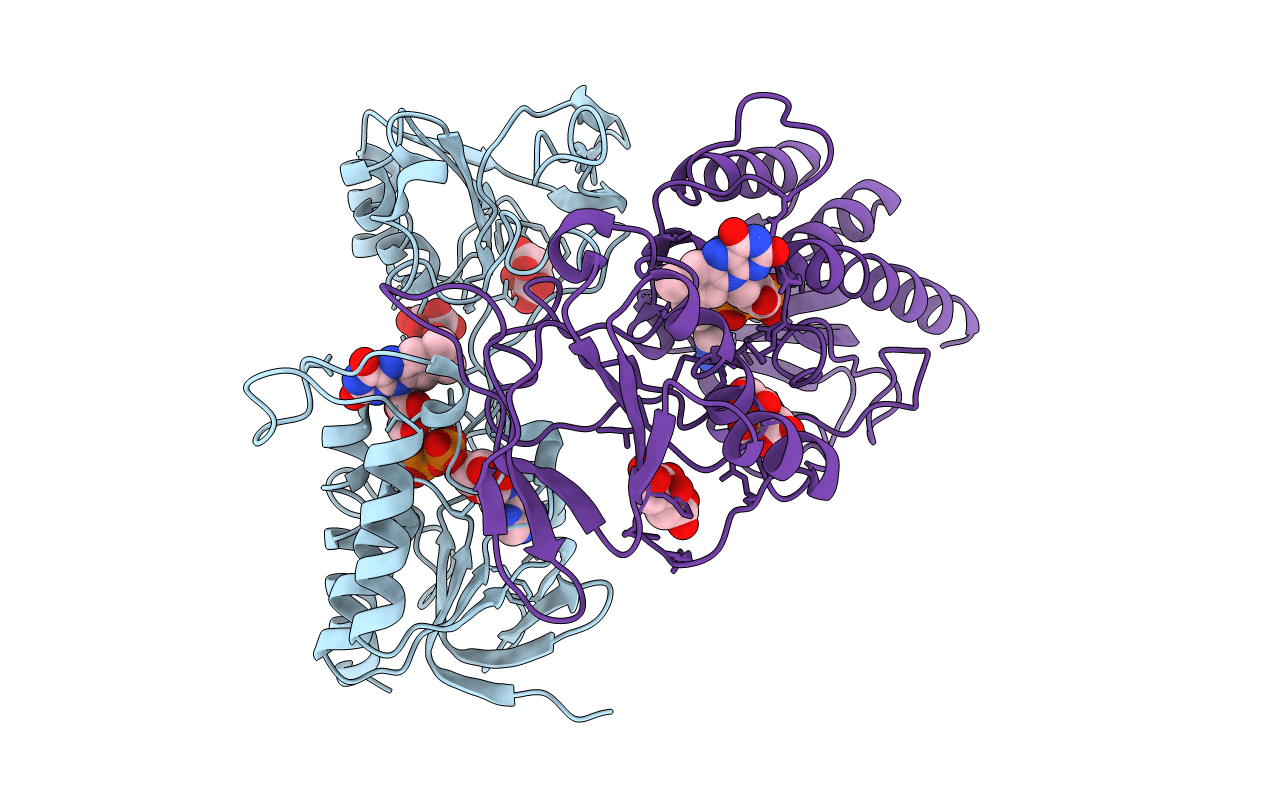
Deposition Date
2009-05-04
Release Date
2009-09-01
Last Version Date
2024-10-23
Method Details:
Experimental Method:
Resolution:
2.60 Å
R-Value Free:
0.23
R-Value Work:
0.18
R-Value Observed:
0.19
Space Group:
P 62 2 2


